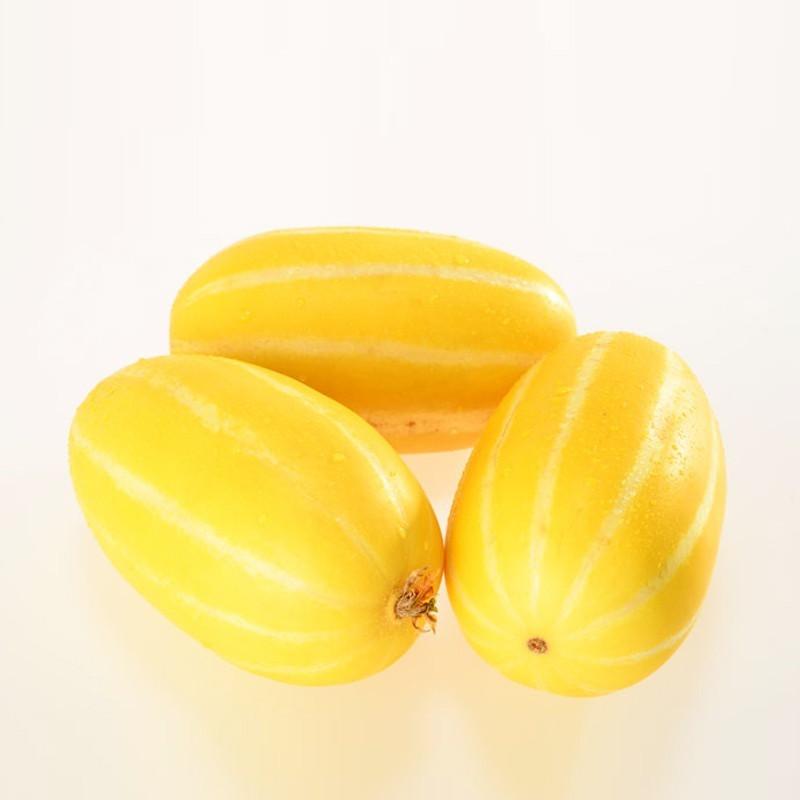- Species and varieties: Cantaloupe (Cucumis melo) is a type of muskmelon. There are several varieties of cantaloupe, including 'Hale's Best', 'Ambrosia', 'Athena', and 'Charentais'. Each variety has its own unique flavor, texture, and growing requirements.
- Hybrid or heirloom: Cantaloupe seeds can be either hybrid or heirloom. Hybrid varieties are bred for specific traits such as disease resistance and uniformity, while heirloom varieties are open-pollinated and have been passed down through generations, often prized for their unique flavors.
- Pruning and training: Cantaloupe plants benefit from regular pruning to remove dead or diseased leaves and to improve air circulation. Training the vines to grow on a trellis can help save space and reduce the risk of disease by keeping the fruit off the ground.
- Fertilization needs: Cantaloupe plants require regular fertilization to support their growth and fruit development. Use a balanced fertilizer with equal parts nitrogen, phosphorus, and potassium. Apply a side dressing of compost or a balanced fertilizer every 3-4 weeks during the growing season. Avoid over-fertilizing with nitrogen, as this can lead to excessive foliage growth at the expense of fruit production.
- Hardiness zones: Cantaloupe is best suited for USDA hardiness zones 4-11. It thrives in warm climates and requires a long growing season with plenty of sunshine.
- Climate requirements: Cantaloupe requires a warm climate with temperatures between 70-90°F (21-32°C). It needs full sun and well-drained soil with a pH between 6.0 and 6.8. Cantaloupe plants are sensitive to frost and should be planted after the last frost date in your area.








